High-Stress Academic Majors
You can probably already guess what’s on this list, and yet you’ll keep reading to make sure you’re, in fact, right. First, it’s important to frontload how the list of high-stress options that will be listed below in this article only make a small fraction of majors that are available to a student. It’s all about perspective, right? Students need to take into consideration their strengths, interests, and values before registering for classes in a major that are not a fit.
Depending on the size of the college, a student might have the option to pick from among 70+ majors. And within those majors, there are concentrations that they can sub-select. I’ll share one of my own undergraduate degrees here as an example. I majored in Recreation, Parks, and Tourism. My concentration was in Outdoor Recreation, whereas some of my classmates’ concentration was in Recreation Therapy. Basically, you pick something broad, and then your concentration is where you dive into the weeds of a specific industry or career path. For me, when I graduated college, I spent five years working seasonally within the outdoor recreation field, which led me to some jobs that included working with a therapeutic or adjudicated population. The path led me where I am now – not working in Outdoor Recreation at all. I’m not upset about it because I gained some great experiences in the jobs I held, and I got to live and work in beautiful places across the country. Now, back to the topic at hand.
There’s been a huge push in the last decade to focus on STEM. STEM (Science, Technology, Engineering, and Math) is a small fraction of the major options on campuses, and careers in the world. When I worked in higher education, we flagged a lot of classes that fell within these categories as “high D/F” classes. Meaning, a large percentage of the students enrolled earn a D or F in the course. For first year students, this was the fastest way to get on Academic Probation, and for academic departments, it’s the fastest way to identify which students truly fit the mold to graduate within that program.
Computer Science, Neuroscience, Mechanical Engineering, Pre-Med or Biology, Kinesiology, Chemistry, Finance, Physics, and Architecture were top of the list for high-stress majors. When I meet students with these paths, I always wonder if this is a major that is the best fit for them. I never doubt a student’s academic capability, and yet I do wonder about their readiness. Sometimes students wonder why they’re failing and yet when I dig into their study habits, I learn that they don’t put in work outside of class. Or worse, they haven’t been to class in weeks and don’t understand how that relates to their academic success. Then the focus is on shifting away from forcing a square peg in a round hole that is a poor-fitting major, but also opening the gate to learning about other major options, and career paths in general. There’s still a ton of jobs out there that don’t require you get these degrees. If you’ve never taken a career assessment, find someone who can administer that. Then based on your strengths, interests, and values you can get a comprehensive list of career paths that are more aligned to you than what you might be harmfully forcing yourself into.
For questions or comments contact Joanna.
